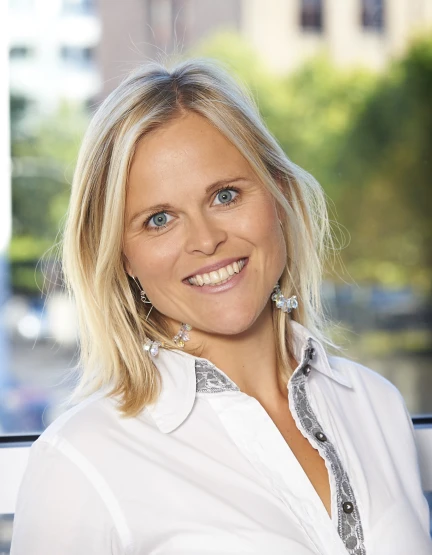
Montel Academy
Build knowledge, make connections
Montel Academy is where the energy market meets. Through expert led conferences, topical webinars and educational courses, this is the place to learn about energy markets and connect with key people working in them.
Conferences
Meet market players and hear from industry leaders
Courses
Learn about energy markets and develop skills to master them
Webinars
Follow topical energy issues and understand their impacts
Get in touch
Contact the Montel Events Team













